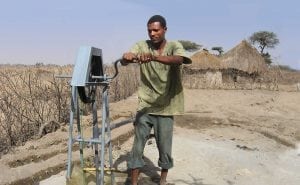
Agriculture
December 27, 2023
iDE Rope Pump
Read SolutionImplemented by
iDE
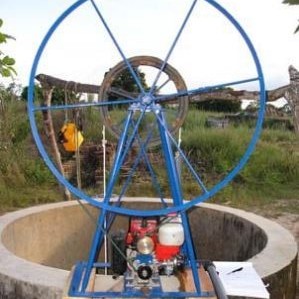
Updated on December 27, 2023
·Created on September 27, 2018
The Practica Motorized Rope Pump uses a small electrical, gasoline, or diesel motor to pull a rope with pistons up through the well to pump water.
The Practica Motorized Rope Pump was developed by the Practica Foundation in Nicaragua and tested in Senegal as a means to pump water out of deeper hand-dug or borehole wells. The pump part of a motorized rope pump is similar to that of a hand rope pump, which is a design that has been around for 2,000 years. The motorized rope pump’s open-source design has a wheel with a continuous loop of rope with pistons or washers tied to it that are pulled through the rising pipe. The low end of this pipe is at the bottom of the well. By turning the wheel the rope passes up through the PVC pump pipe and pushes the water up to the surface. The rotating shaft of the pump is connected with the shaft of the engine with a belt, using a large pulley transmission to adjust the RPM of the engine to the low RPM of the rope pump. Where there is access to electricity the pump can be driven by an electric motor, or else it can be driven by a small diesel or gasoline engine of 1 to 2 HP.
Target SDGs
SDG 6: Clean Water and Sanitation
SDG 7: Affordable and Clean Energy
Market Suggested Retail Price
$645.00
Target Users (Target Impact Group)
Household, Community
Distributors / Implementing Organizations
The product was field-tested and distributed by Practica Foundation.
Competitive Landscape
Direct competitors include Pumpmakers DIY Solar Pump, iDE Treadle Pump, and iDE Rope Pump.
Regions
Central America, Sub-Saharan Africa
Manufacturing/Building Method
Practica has published a manual on how to install and maintain a non-motorized rope pump, which can be adapted for the motorized version with the addition of an engine. The rope pump can be built locally using repurposed or purchased materials, including rope, pistons, a wheel, belt, pulley, and 1-2 HP engine. The fuel added is also important, depending on the type of engine, as poor-quality refining may cause engine fouling.
Intellectural Property Type
Open-source
User Provision Model
Locally constructed with available materials and purchase of an appropriate motor
Distributions to Date Status
Approximately 300 motorized rope pumps have been installed in Nicaragua since 1995 by Practica, IRC WASH, and others. 30 motorized rope pumps underwent testing and were distributed by Enterprise works in Senegal and Burkina Faso in 2004.
Pump type
Electrical motor, diesel or gasoline engine-driven pump
Power requirement (W)
None
Average flow rate (L/min at specific head)
120 L/min at 10 m, 60 L/min at 20 m, 20 L/min at 60 m
Maximum head (m)
60 m
Diameter (cm)
2.54 cm
Design Specifications
The pump wheel can be repurposed from a 14 inch car or bicycle tire or manufactured. The rising main is made from PVC and can be cut to the appropriate depth of the well. Rope made of Polypropylene (PP) doesn’t slip and doesn’t stretch as much as nylon. Natural fibers will not work as they will rot from being wet. The rope diameter should be 4-6 mm. The pistons are strung on the rope and placed between two knots, which are roughly 8 cm apart. The distance between two pistons is 1 meter (not closer, because more pistons on the rope will create slipping of the pistons on the wheel). The pistons should be extruded cones of polyethylene plastic, shown below on the rope.
Technical Support
PRACTICA can assist local manufacturers with starting up production. For training of manufactures, PRACTICA has developed an installation and maintenance manual, maintenance sheet and construction drawings, spare parts, etc.
Replacement Components
The manual specifies that rope and pistons should be checked weekly and replaced when worn or broken. The rope will usually last 6-12 months. When a well contains fine sand, the sand will wear out the pistons. When you notice a reduction of the output (less water, the pistons are leaking) you have to change the pistons. Pistons usually last for 2 years on average. The engine needs to be oiled and maintained weekly. If fuel is dirty or impure it will lead to fouling, so the fuel can be filtered first for prevention. The axle and bearings on the handle can also break and must be replaced. The riser pipe can also be bent too far and break. All parts are easily replaceable locally.
Lifecycle
With regular engine maintenance and replacement of worn-out pump parts, the Practica motorized rope pump should last 10 years.
Manufacturer Specified Performance Parameters
To reach supply water effectively from deeper well depths than a hand-cranked rope pump can.
Range of depth: 7 – 60 m
Yield: 120 Litres/min at 10 m, 60 Litres/min at 20 m, 20 Litres/min at 60 m
Fuel consumption: 0.4 litres/hour, depending on model and engine
Vetted Performance Status
Pilot testing in Nicaragua, Senegal, and Burkina Faso was undertaken by the implementing NGOs, there is no outside vetted performance.
Safety
Loud noise from the engine and pinched fingers in the pump wheel may be a safety concern. The pump perimeter should be secured and kept dry and sanitary.
Complementary Technical Systems
Safe water storage container. As in the case of the hand rope pump, the basic model of the motorized pump cannot pump higher than just below the pump shaft, which makes the pump most suitable for low pressure irrigation. To pump to tanks of 3 to 5 m high, an additional post must be added.
Academic Research and References
Although there is no academic research on the Practica Motorized Rope Pump, a similar design is evaluated in this 2013 MIT Thesis.
E. Gorbaty, “Development of an efficient off-grid pumping system and evaporation reduction strategies to increase access to irrigation for smallholder farmers in India,” Massachusetts Institute of Technology, 2013.
“Innovative technologies managed by local entrepreneurs,” Practica, 14-Jul-2020. Available: https://www.practica.org/
“Rope pump / motorized rope pump / manual drilling report PRACTICA foundation / enterprise works Senegal,” Practica.org, 2004. Available: https://www.practica.org/wp-content/uploads/Motorised-rope-pump-Senegal.pdf
“Goal 6,” Sdgs.un.org. Available: https://sdgs.un.org/goals/goal6
“Rope pump / motorized rope pump / manual drilling report PRACTICA foundation / enterprise works Senegal,” Practica.org, 2004. Available: https://www.practica.org/wp-content/uploads/Motorised-rope-pump-Senegal.pdf
Ropepumps.org, 1995. Available: http://www.ropepumps.org/uploads/2/9/9/2/29929105/nicaraguan_experiences_with_rope_pump_irc-1995.pdf
“Innovative technologies managed by local entrepreneurs,” Practica, 14-Jul-2020. Available: https://www.practica.org/
Compliance with regulations
None
Evaluation methods
Stepped interval pump testing.
Other Information
None

Agriculture
December 27, 2023
Implemented by
iDE
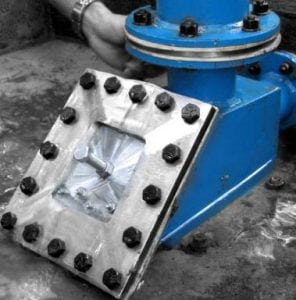
Agriculture
December 21, 2023
Implemented by
AID Foundation Inc. (AIDFI)
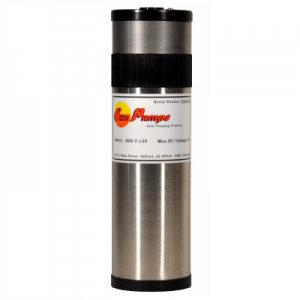
Agriculture
December 27, 2023
Implemented by
SunPumps
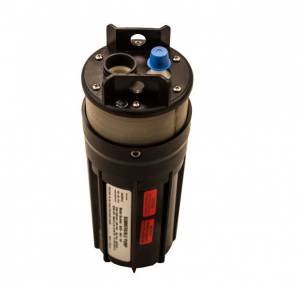
Agriculture
December 27, 2023
Implemented by
Shurflo Water Pumps
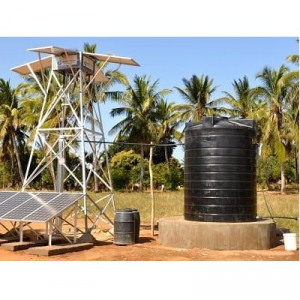
Agriculture
December 27, 2023
Implemented by
Pumpmakers
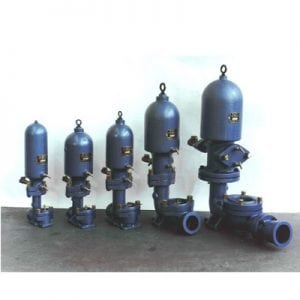
Agriculture
December 22, 2023
Implemented by
Allspeeds
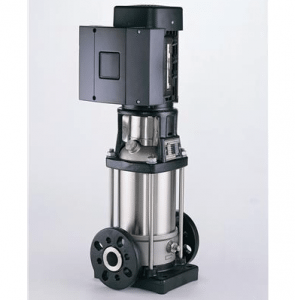
Agriculture
January 31, 2024
Implemented by
Grundfos

Agriculture
August 29, 2024
Implemented by
Graduate Farmer
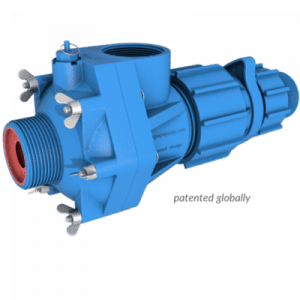
Agriculture
January 30, 2024
Implemented by
Water Powered Technologies
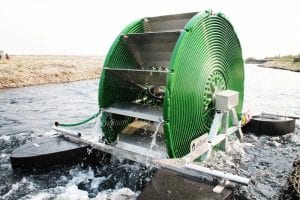
Agriculture
February 16, 2024
Implemented by
aQysta
Have thoughts on how we can improve?
Give Us Feedback
“Pumping life/water depth (m): 7-60” is confusing. I am not familiar with the term “pumping life” – I think maximum depth would be more applicable.